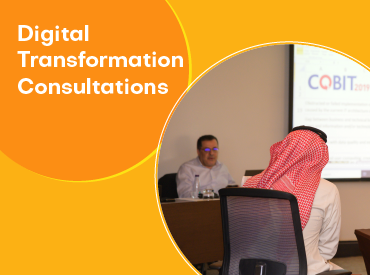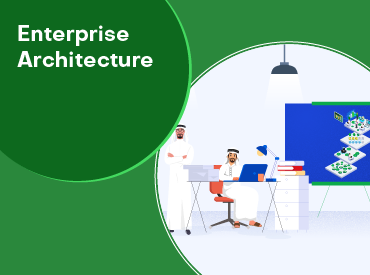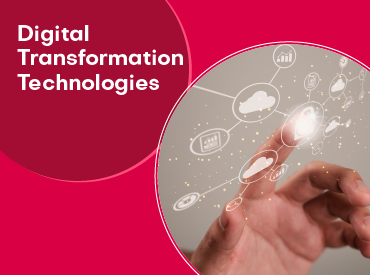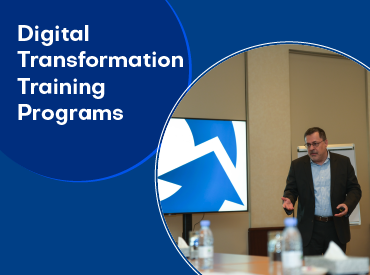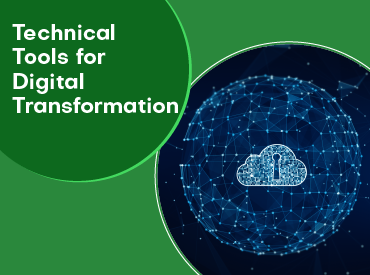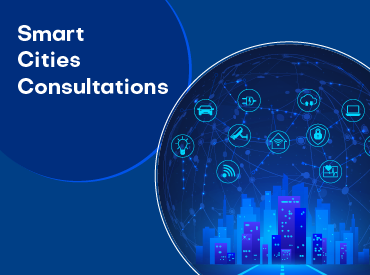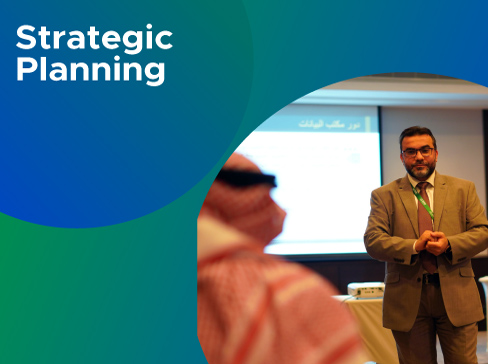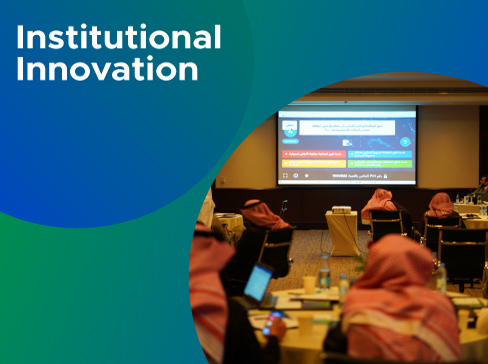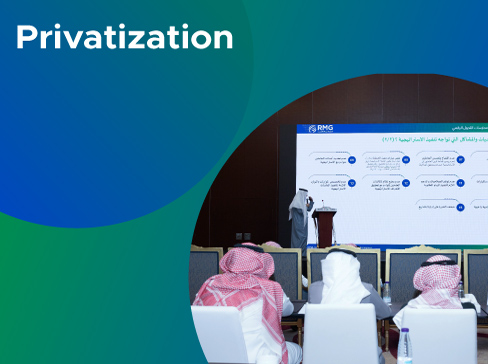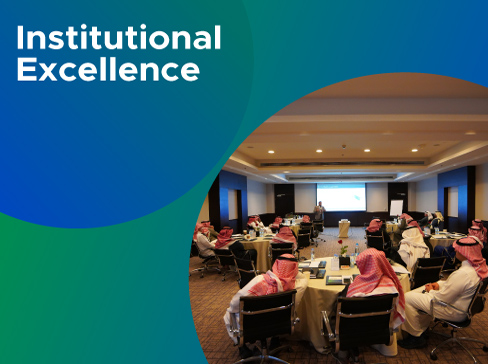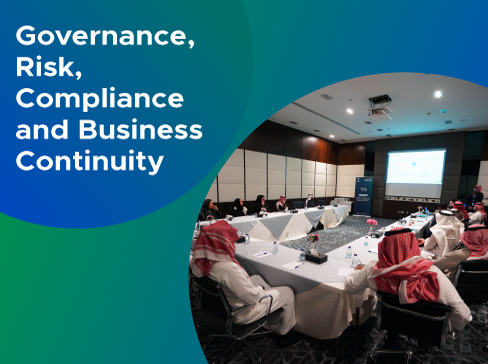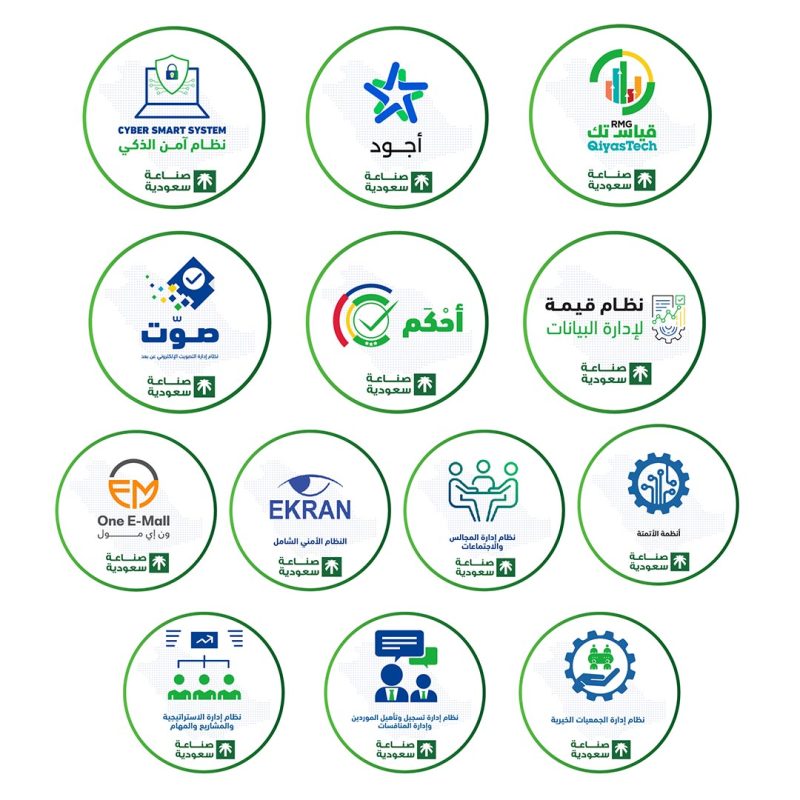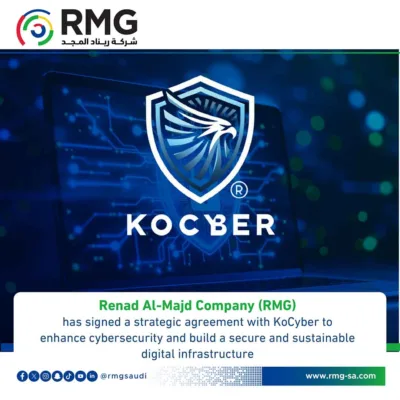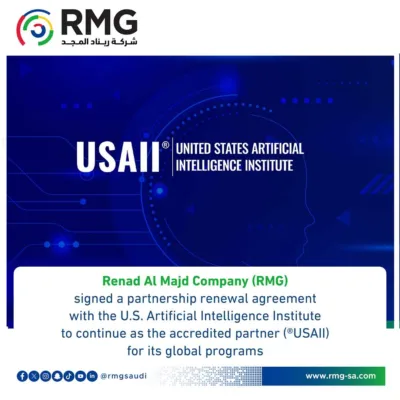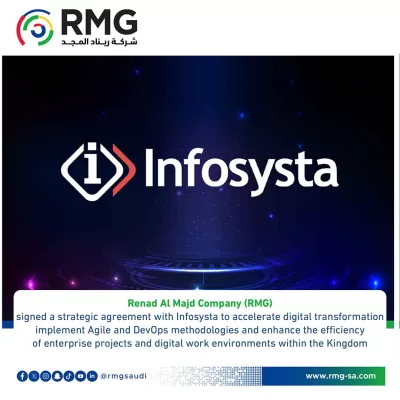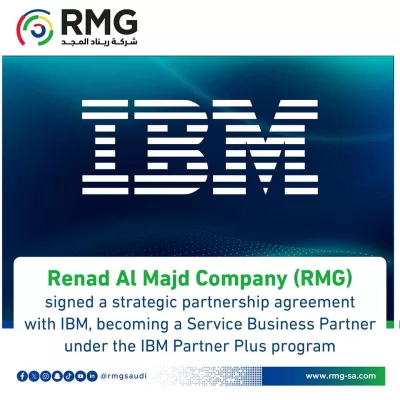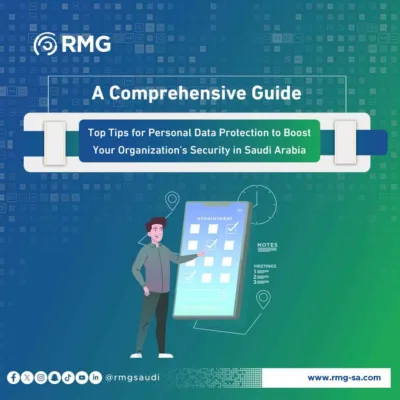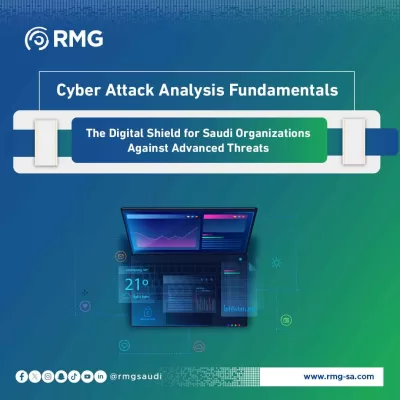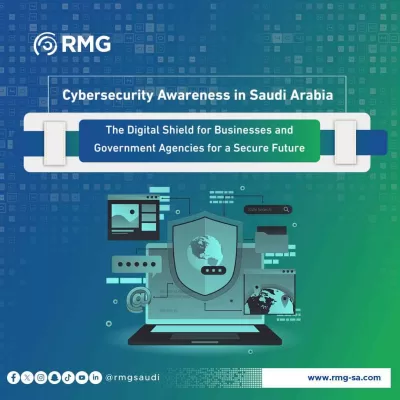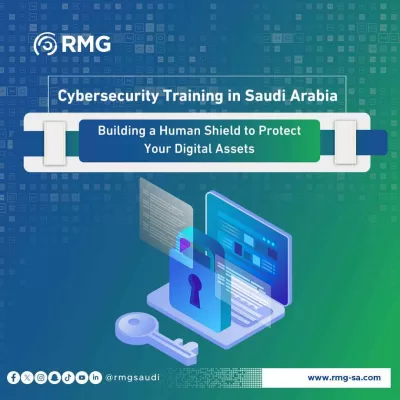Blog Body
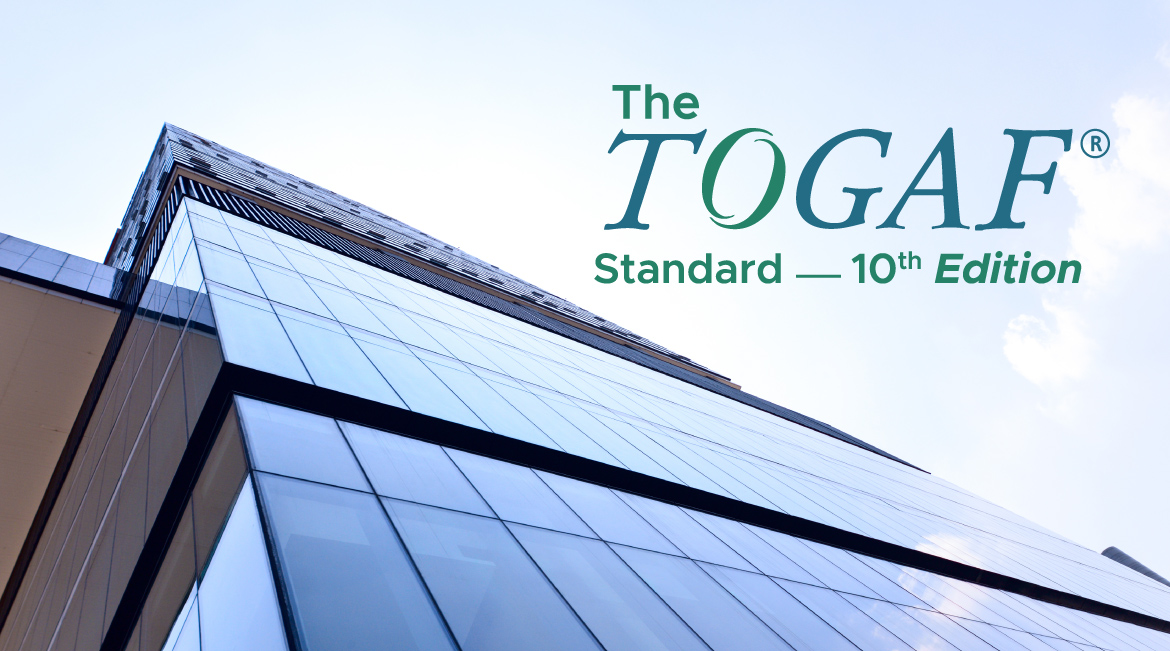
The TOGAF framework is used to develop and document corporate structures and includes concepts, tools, practices, principles, and work outputs that support the systematic and standardized development of corporate structures.
The principles and outputs of the work within the framework of TOGAF are also closely related to each other, as these principles guide the overall work of developing the institutional structure in a systematic and unified manner.
These principles help to achieve the required output.
But the principles and outputs of the work offer different purposes and have distinctive characteristics within the framework of TOGAF; let’s get acquainted with the differences between them in this article in detail.
Beginning
What is the definition of principles in the TOGAF framework?
The principles are basic rules and guidelines that guide and support decision-making related to the development and management of an Information Technology (IT) infrastructure in an organization.
As the principles are usually at a high, strategic and sustainable level, they should be clear, non-overlapping and actionable, embodying the business goals and values of the enterprise.
What is their purpose
The principles provide a basis for consistent decision-making, ensuring that the infrastructure is aligned with the organization’s values and strategic goals.the principles also help stakeholders understand the reasons behind infrastructure decisions and maintain its architectural integrity.
Examples of this include some common principles include simplicity, scalability, interoperability, security, convertibility and reuse.
Let’s see now what are the work outputs
The TOGAF framework defines work outputs as documents (artifacts).
Documents are products of the infrastructure-building process for an organization, including results (ADM). Documents serve as a record of infrastructure decisions, models, and designs, as well as many parts of the organization’s structure.
Documents can be written at several levels of abstraction, from broad conceptual ideas to specific designs, and they can take many different shapes, including catalogs, arrays, and graphs. In an infrastructure repository, documents are typically controlled and structured.
Why are they there?
The documentation is used to explain the infrastructure to interested parties, making sure that it is clearly written, understandable, and successfully communicates the design. The records serve as a foundation for assessing the infrastructure and monitoring its development over time.
Business process catalogs, catalogs of data entities and components, application portfolio catalogs, catalogs of technology standards, and other diagrams, such as conceptual data drawings and network computing and hardware drawings, are examples of documents.
Let’s look at their functions in the context of the enterprise infrastructure development process (ADM) to further clarify the distinction between principles and documents in the TOGAF framework.
The role of principles in ADM
The principles are established early in the process, during the introductory phase, where they are based on the organization’s mission, vision, and strategic objectives and are usually documented in the form of an infrastructure principles document.
As the ADM process progresses, these principles guide decision-making at various stages, ranging from defining an infrastructure vision to implementing and managing infrastructure changes.
The principles help to ensure that the resulting infrastructure is consistent, supports the objectives of the organization, and complies with agreed standards and best practices.
The role of documents in ADM
Documents are created, updated, and revised throughout the ADM process as a way to capture infrastructure decisions, models, and designs at each stage, and they also provide a way to document and communicate infrastructure to stakeholders and ensure its traceability over time.
The set of documents produced may vary depending on the needs of the enterprise and the scope of the infrastructure project. The content framework and the content template of the TOGAF framework provide guidance on the selection and management of appropriate documents for each stage of ADM.
Document management is usually organized and managed within the infrastructure repository, which acts as a central repository for all architectural documents and also supports repository version control, tracking, and reuse of infrastructure components, helping to maintain the scalability and integrity of the infrastructure over time.
In conclusion, the principles and documents are an essential part of the TOGAF framework, as the principles provide high-level guidance for decision-making and ensure that the infrastructure is aligned with the organization’s goals, while the documents act as documents and results that arise during the ADM process and capture and communicate various aspects of the infrastructure. Both are essential to ensuring that the resulting infrastructure is consistent, aligned with the organization’s goals, and effectively shared with stakeholders.
Now let’s move on to the contribution of principles and documents to the development of a successful infrastructure for the enterprise.
How principles and documents interact and contribute to the development of a successful enterprise infrastructure
- Alignment with business strategy: the principles ensure that the infrastructure is aligned with the business strategy, goals, and values of the enterprise, while the documents (work outputs) provide a detailed representation of the infrastructure components, their relationships, and their compatibility with the business strategy. This alignment allows the enterprise to make more informed decisions and more effectively achieve its strategic goals.
- Decision making: the principles help guide decision making throughout the ADM process by providing a set of high-level rules and guidelines that ensure consistency and consistency in the infrastructure. On the other hand, the documents act as a tangible record of infrastructure decisions and provide a basis for evaluating the infrastructure in comparison with the principles.
- Communication and collaboration: principles and documents play a crucial role in facilitating communication and collaboration between stakeholders. Principles help stakeholders understand the reasons behind infrastructure decisions and maintain a common vision, while documents provide a common language and a structured way to document and communicate different aspects of infrastructure.
- Governance and compliance: the principles serve as the basis for the creation of architectural governance and compliance processes, ensuring that the infrastructure complies with agreed standards and best practices. Documents support these processes by providing a means of tracking and managing infrastructure components, their relationships, and compliance with the principles.
- Evolution and adaptability: the principles and documents contribute to the infrastructure’s ability to evolve and adapt to changing business needs and technical progress. The principles ensure that the infrastructure remains flexible and robust, while the documents enable the organization to track and manage changes, assess the impact of new technologies or business
requirements, and plan for future improvements in the infrastructure.
Conclusion:
In sum, the principles and documents are interrelated elements of the TOGAF framework that work together to support the development, management, and evolution of a successful enterprise infrastructure. By ensuring that the infrastructure is aligned with the organization’s goals, consistent governance, effective communication, and adaptability to change, the principles and documents help organizations realize the full benefits of a well-designed and well-managed IT infrastructure.
To successfully implement the corporate structure or corporate architecture, use the expertise of reliable companies in this field, such as Renad Al-Majd Information Technology Company (RMG), a leading information technology company that provides you with many services that help you in this
Don’t hesitate to reach out for help.
